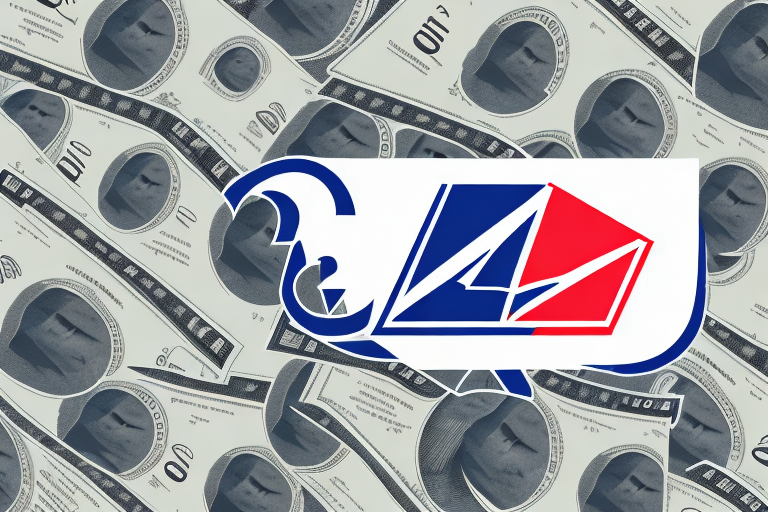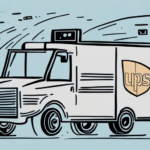Understanding the Importance of Insuring Your USPS Package
Sending valuable or fragile items through the mail necessitates ensuring their protection during transit. USPS package insurance plays a crucial role in safeguarding your shipments against loss, damage, or theft. This insurance not only provides peace of mind for both the sender and the receiver but also offers a cost-effective solution compared to other shipping carriers.
However, it's essential to recognize that USPS package insurance comes with specific limitations and exclusions. Items that are prohibited or restricted, such as hazardous materials or illegal substances, are not covered. Additionally, certain high-value items like jewelry or cash may have limited coverage. Reviewing the USPS insurance terms and conditions before purchasing is vital to ensure comprehensive coverage.
One significant advantage of USPS package insurance is the expedited claims process. In the unfortunate event that your package is lost or damaged, having insurance allows you to file a claim swiftly and receive compensation based on the declared value. This streamlined process helps avoid prolonged disputes with the carrier or the package recipient.
Factors That Affect USPS Package Insurance Cost
The cost of insuring a package with USPS varies based on several key factors:
- Declared Value: The higher the value of your package, the more you will pay for insurance.
- Shipping Distance: Longer distances, especially international shipments, can influence insurance costs.
- Shipping Method: Different USPS services (e.g., Priority Mail, Priority Mail Express) have varying insurance rates.
- Coverage Level: Additional coverage beyond the standard limits will increase the insurance cost.
For instance, insuring a $500 package via Priority Mail within the United States might cost approximately $15.60. It's advisable to use the USPS online rate calculator to obtain an accurate estimate based on your specific shipping details.
Moreover, the type of item being shipped can affect insurance costs. Electronics or other fragile items may require additional coverage due to their higher risk of damage or loss. Additionally, shipping to high-risk areas or locations with a higher incidence of package theft may result in increased insurance rates.
What is the Maximum Value You Can Insure with USPS?
The maximum insurance value with USPS varies by destination and service type:
- Domestic Packages: Up to $5,000 for most services.
- International Packages: Varies by country; refer to the USPS international insurance limits.
- Priority Mail Express: Up to $100,000 domestically and up to $50,000 internationally for certain countries.
If your package exceeds these limits, you might consider third-party insurance providers that offer higher coverage limits and additional services like enhanced tracking and delivery confirmation.
Steps to Calculate Insurance Cost for Your USPS Package
Calculating the insurance cost for your USPS package involves the following steps:
- Determine the declared value of your package.
- Identify the shipping method and whether the destination is domestic or international.
- Use the USPS insurance rate chart or an online calculator to find the corresponding insurance rate.
- Multiply the package value by the insurance rate to get the total insurance cost.
For example, insuring a $500 package using Priority Mail within the U.S. would cost approximately $15.60. Remember, accurately declaring the package value is crucial, as under-declaration can limit your claim payout, while over-declaration may result in unnecessary premium costs.
It's also important to note that certain items, such as perishable goods and hazardous materials, are ineligible for USPS package insurance. Always verify eligibility before purchasing insurance.
In the event of loss or damage, you can file a claim online or at your local USPS office, providing proof of the package's value and evidence of the loss or damage. An inspection may be required to process the claim.
Comparing USPS Insurance Rates with Other Shipping Carriers
When selecting a shipping carrier, it's beneficial to compare USPS insurance rates with those of competitors like FedEx and UPS:
- Cost Efficiency: USPS often offers lower insurance rates compared to FedEx and UPS, especially for domestic shipments.
- Included Insurance: USPS provides free insurance for Priority Mail Express shipments up to $100 and Priority Mail shipments up to $50.
- Claims Process: USPS boasts a straightforward claims process, which can be more user-friendly compared to the more complex procedures of other carriers.
However, for high-value items exceeding USPS insurance limits, it may be more economical to seek private insurance or consider carriers that offer higher coverage options.
Additionally, consider the overall service quality, delivery speed, and customer support when comparing carriers to ensure that you receive the best value for your shipping needs.
Tips to Save Money on USPS Package Insurance
Maximizing savings on USPS package insurance can be achieved through various strategies:
- Select Appropriate Shipping Methods: Opt for shipping methods that include free insurance if your package value falls within the provided coverage limits.
- Accurate Valuation: Declare the precise value of your package to avoid overpaying or underinsuring.
- Consolidate Shipments: Combine multiple items into a single package to reduce the total insurance cost.
- Self-Insurance: For low-value items, consider self-insuring by documenting the package with photos or videos before shipping.
Another effective method is to choose a higher deductible option if available, which can lower your premium costs. However, this approach requires weighing the potential savings against the increased out-of-pocket expense in the event of a claim.
Always ensure that your insurance strategy aligns with the value and importance of your shipments to maintain adequate protection without unnecessary expenses.
How to File an Insurance Claim for a Damaged or Lost USPS Package
Filing a USPS insurance claim for a lost or damaged package involves several steps:
- Gather necessary documentation, including the shipping receipt, proof of package value, and evidence of damage or loss.
- Visit the USPS claims page to initiate the process online or visit a local USPS office.
- Complete the required claim forms, providing detailed information about the shipment and the nature of the loss or damage.
- Submit the claim and await confirmation. USPS may require an inspection of the damaged package or additional information before processing.
It's crucial to file claims promptly, as USPS has specific timeframes within which claims must be submitted. Delaying the process can result in the denial of your claim.
For more detailed guidance, refer to the USPS Help Center or contact USPS customer service.
Conclusion
Insuring your USPS package is a vital step in protecting your valuable and fragile items during transit. The cost of USPS package insurance is influenced by factors such as the declared value, shipping method, destination, and the type of items being shipped. By understanding these factors and utilizing the tips provided, you can effectively manage insurance costs while ensuring adequate coverage.
Additionally, comparing USPS insurance rates with other carriers and considering third-party insurance options can help you make informed decisions based on your specific shipping needs. Always adhere to USPS guidelines and promptly file claims to maximize your protection and benefits.
For the most accurate and up-to-date information on USPS package insurance, consult the official USPS insurance page and stay informed about any changes to policies or coverage limits.
USPS Insurance Guidelines and Restrictions
Understanding USPS insurance guidelines and restrictions is essential to ensure that your packages are eligible for coverage:
- Ineligible Items: Perishable goods, live animals, hazardous materials, and illegal items cannot be insured.
- Coverage Limits: The maximum insurance coverage varies based on the shipping service chosen and the destination of the package.
- Declared Value: Accurately declaring the value of your package is mandatory for claims to be valid.
Before purchasing insurance, review the detailed USPS service requirements to ensure compliance and eligibility. Proper adherence to these guidelines will facilitate a smoother shipping experience and efficient claims processing if needed.






















